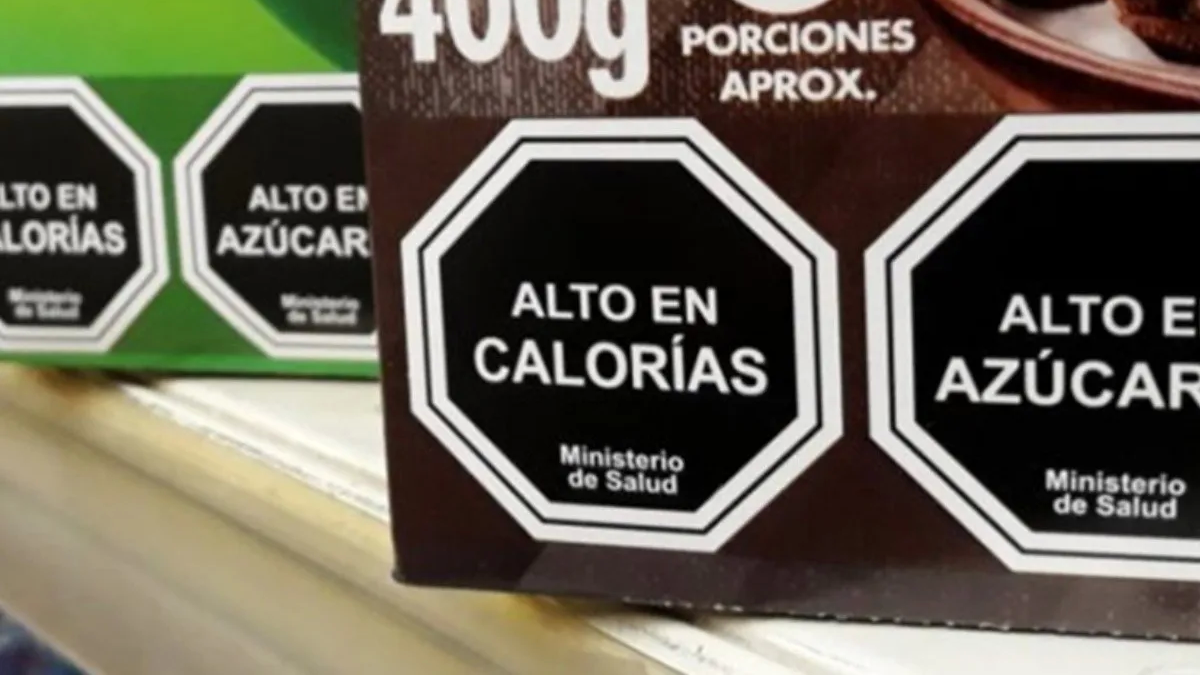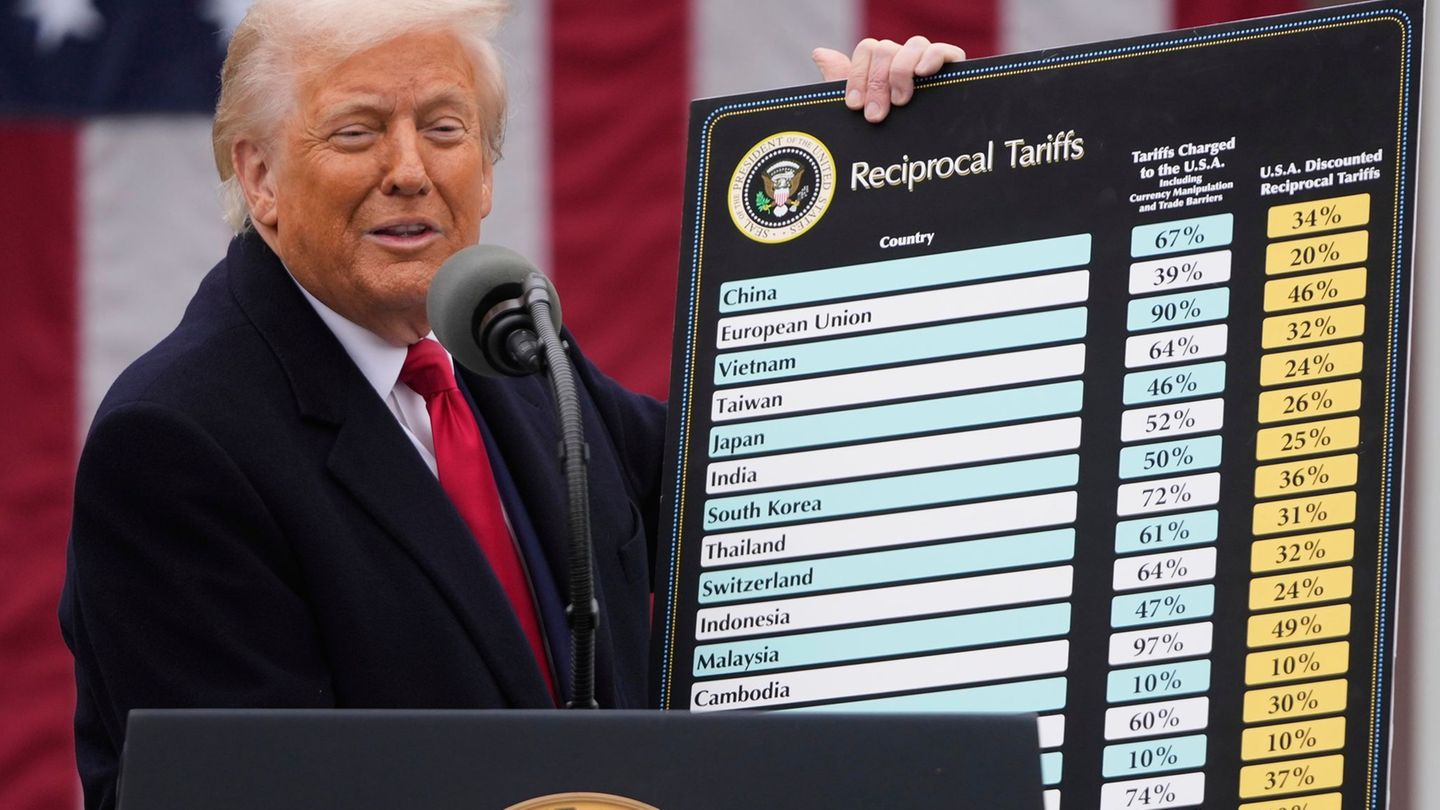The modifications seek, on the one hand, reduce certain regulations implemented from 2022 to facilitate imports and, on the other, relax restrictions on advertising.
In particular, Provision 11362/2024 eliminates several articles from the resolution of the National Administration of Medicines, Food and Medical Technology (ANMAT) that gave rise to the system.
For its part, Provision 11378/2024 establishes the current regulations and modifications in terms of promotion and advertising, with a particular focus on foods that feature a single warning seal.
One by one, the changes in front food labeling
The Provision 11362/2024 of the ANMAT specifically repeals articles 2, 3, 4, 5, 6, 7, 8 and 10 of ANMAT Provision No. 2673/22, which had defined the guidelines for the implementation of the front labeling system.
The official text confirms the continuity of the “Nutritional warning and seal declaration system”, integrated into the Federal Information System for Food Control Management. This system, as indicated, was created to manage the procedures stipulated by Law No. 27,642.
In relation to the recitals, it is noted: “Given that the aforementioned law and its regulatory decree are fully implemented, it is considered necessary to update ANMAT Provision No. 2673/22.”
As provided by the Government, the following services are eliminated:
- The Affidavit
- The Extension Manager
- The search engine
Sworn declaration
The original resolution stated that “all obligated subjects must compulsorily make and keep updated the SWORN DECLARATION for the products covered by Law No. 27,642 and its regulatory Decree No. 151/22″.
This required companies to record and enter appropriate documentation, ensuring that product labels met system analysis and adhered to technical specifications for warning seals and cautionary labels.
Likewise, as part of the “identity verification” process, the obligated subjects had to access the system through the former AFIP portal using their tax code. This procedure added more bureaucratic steps, increased control details and lengthened implementation times.
Extension Manager
This tool allowed obligated subjects manage deadline extension requestsas well as present the corresponding justifications in special cases, such as returnable containers with lithographed and/or painted labels mentioned in article 19 of the regulations.
Extensions could be requested before the ANMAT for a period of 180 calendar days, exclusively for the first stage and in a single manner.
Seeker
The search engine offered access to information intended for enforcement authorities, the competent national, provincial and Autonomous City of Buenos Aires authorities, and also to the general public.
It allowed the nutrient profiles of non-alcoholic foods and beverages to be consulted openly and online, consolidating the data from the sworn declarations presented by the obligated subjects.
Front food labeling: what will be the visible changes on the shelves
The ANMAT presented a detailed manual that describes how the labels will be modified from now on. In general terms, consumers You will notice that the labels will only inform the ingredients added during the production of the product.
This implies that the labels will specify the amount of sugar, sodium, fat and extra calories incorporated, in addition to the nutrients that the product already contains naturally, as in the case of fruit-based foods, which have natural sugars.
The products that They currently comply with the previous regulations and will remain available for sale until their stock is exhausted. From now on, companies must comply with the new requirements established by the updated regulations.
Inflation Oil Prices Super Gondolas Consumption
Ignacio Petunchi
New regulations for advertising
Provision 11378/2024 introduces key modifications to the advertising and promotion rules for food products covered by the regulation.
The annex to the resolution details specific guidelines for advertising packaged foods and beverages that have at least one warning seal.
Although new guidelines are incorporated, they remain certain prohibitions of the previous regulationssuch as the one aimed specifically at children and adolescents. In this sense, the provision establishes clear definitions for both age groups and reaffirms: “It is prohibited to advertise, promote and/or sponsor packaged non-alcoholic foods and beverages aimed especially at children and adolescents.”
In addition, the regulations regulate other aspects such as objective presentation of the product, the obligation to include warning seals, and the prohibition of elements such as children’s characters or promotions that may be misleading.
Source: Ambito




